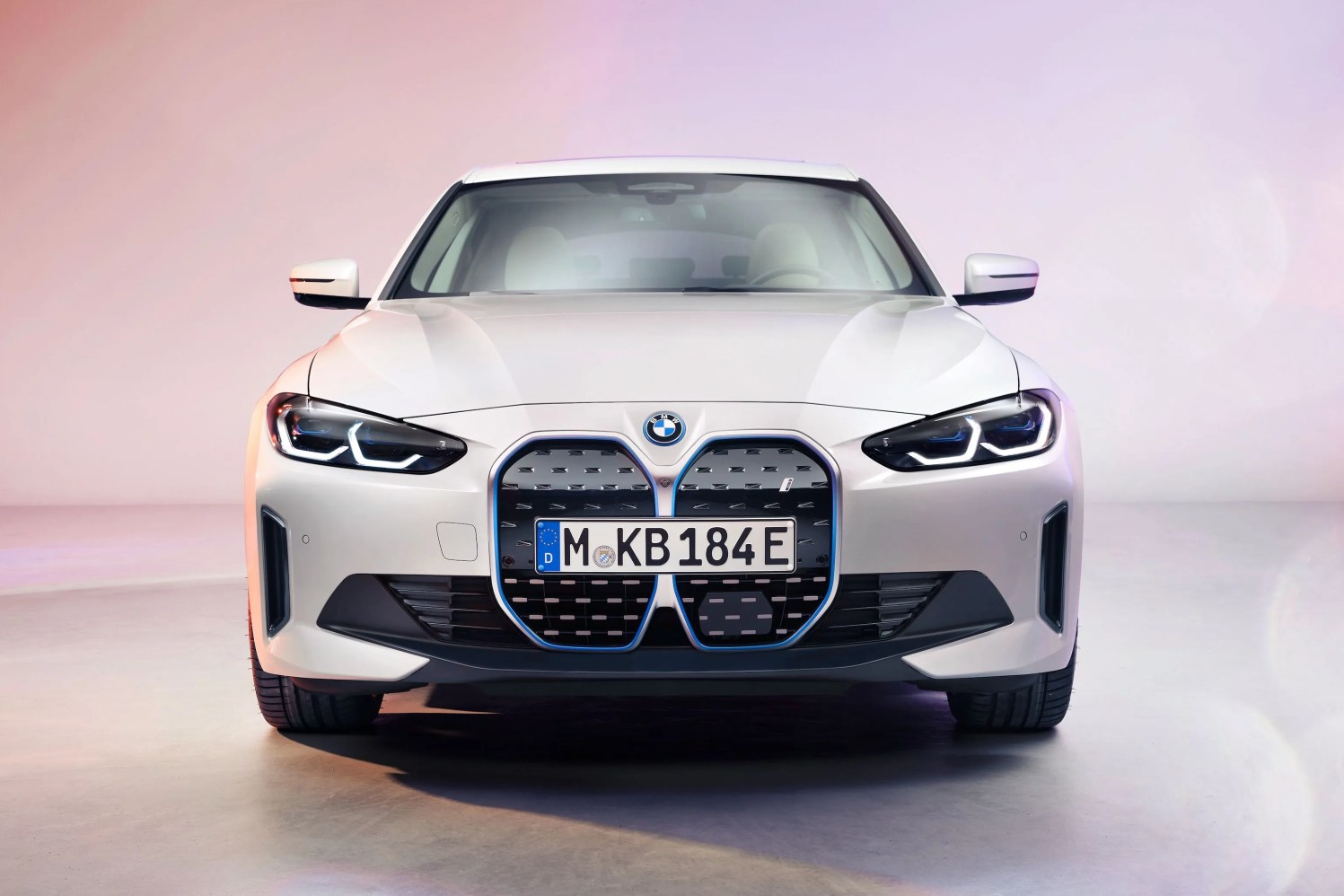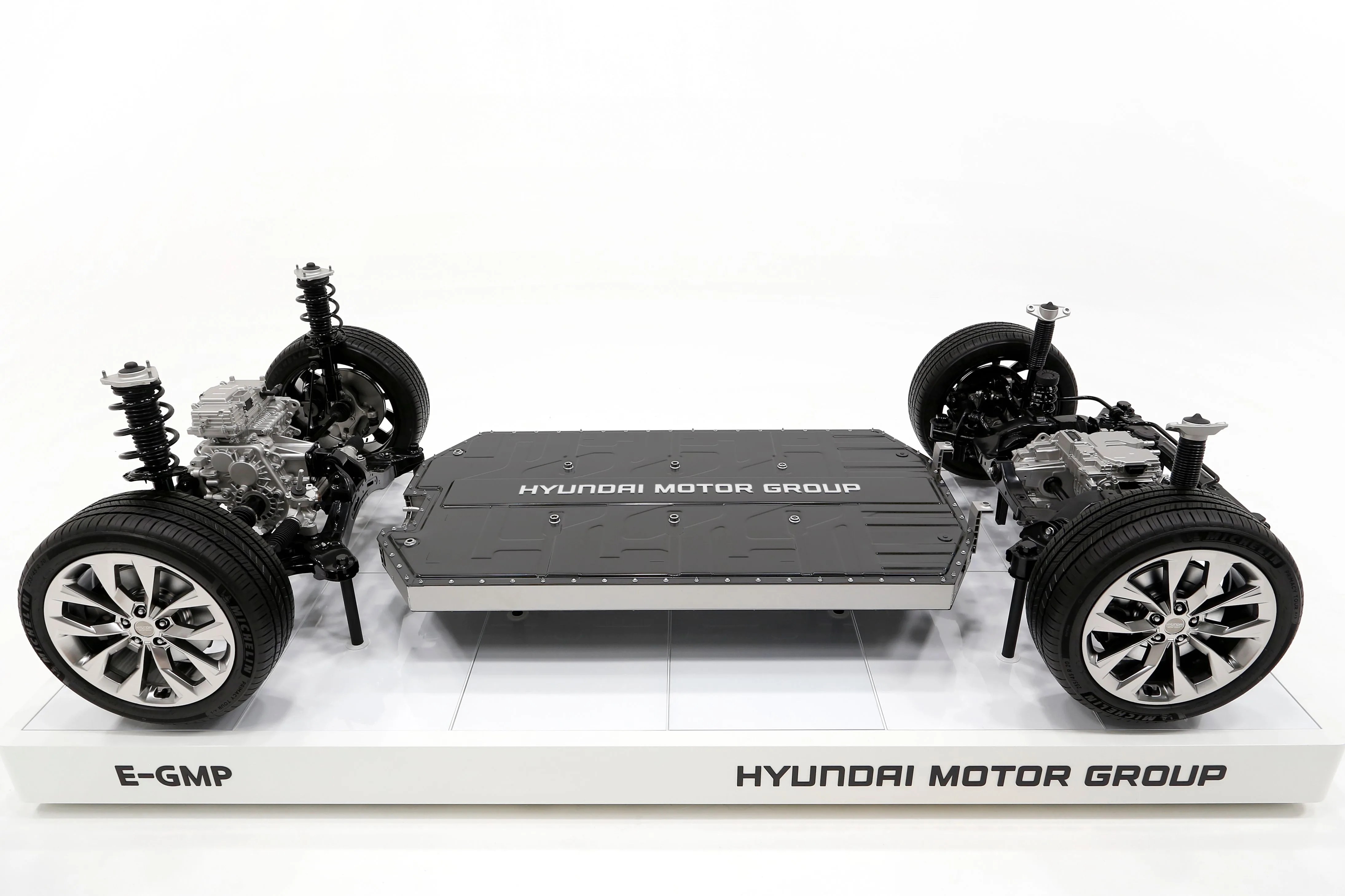The car world is going electric: a growing list of automotive manufacturers are pledging to phase out combustion engines by 2030. And good way to track this transition’s progress is to look at the various platforms these cars are built on, as well as how they are built.
On a basic level, there are three ways for manufacturers to create an EV:
- Retrofitting: Manufacturers modify existing internal combustion architecture to build an electric car. It’s the simplest and quickest method to build an EV, and the process has become a lot more sophisticated in the days since Tesla dumped batteries into a Lotus Elise chassis to build its Roadster. But it’s still an ad hoc method, and can be a dead-end for future development.
- Hybrid Platforms: Many modern car architectures have been designed to pair with modular combustion, hybrid, and pure electric powertrains. On the plus side, this gives the manufacturer a lot of flexibility to adjust to the market —ut on the EV front, it limits design choices by forcing them into the strictures of combustion platforms.
- Dedicated EV Platforms: Most manufacturers are (or will be) moving to dedicated EV platforms over the next decade. These are basically skateboards consisting of wheels and a battery pack, and offer maximum design flexibility. They are expensive and time-consuming to develop, but once a manufacturer has a purpose-built EV platform, it’s relatively straightforward and cheap to design new vehicles from it. This is why you have some companies taking a long time to get their first EV out the door, but are still pledging to have 10-25 of them at dealers by 2025.
Here’s a look at the all the EV platforms individual manufacturers are currently using.
BMW
 Fabian Kirchbauer
Fabian KirchbauerCLAR / FAAR: BMW uses two platforms for most of its current range: CLAR for RWD-based cars and FAAR for FWD-based cars. The platforms are designed to be modular and working with combustion, hybrid, and EV powertrains, even allowing for all three to be assembled on the same production line. BMW is developing a dedicated EV architecture, but it may not arrive until 2025.













